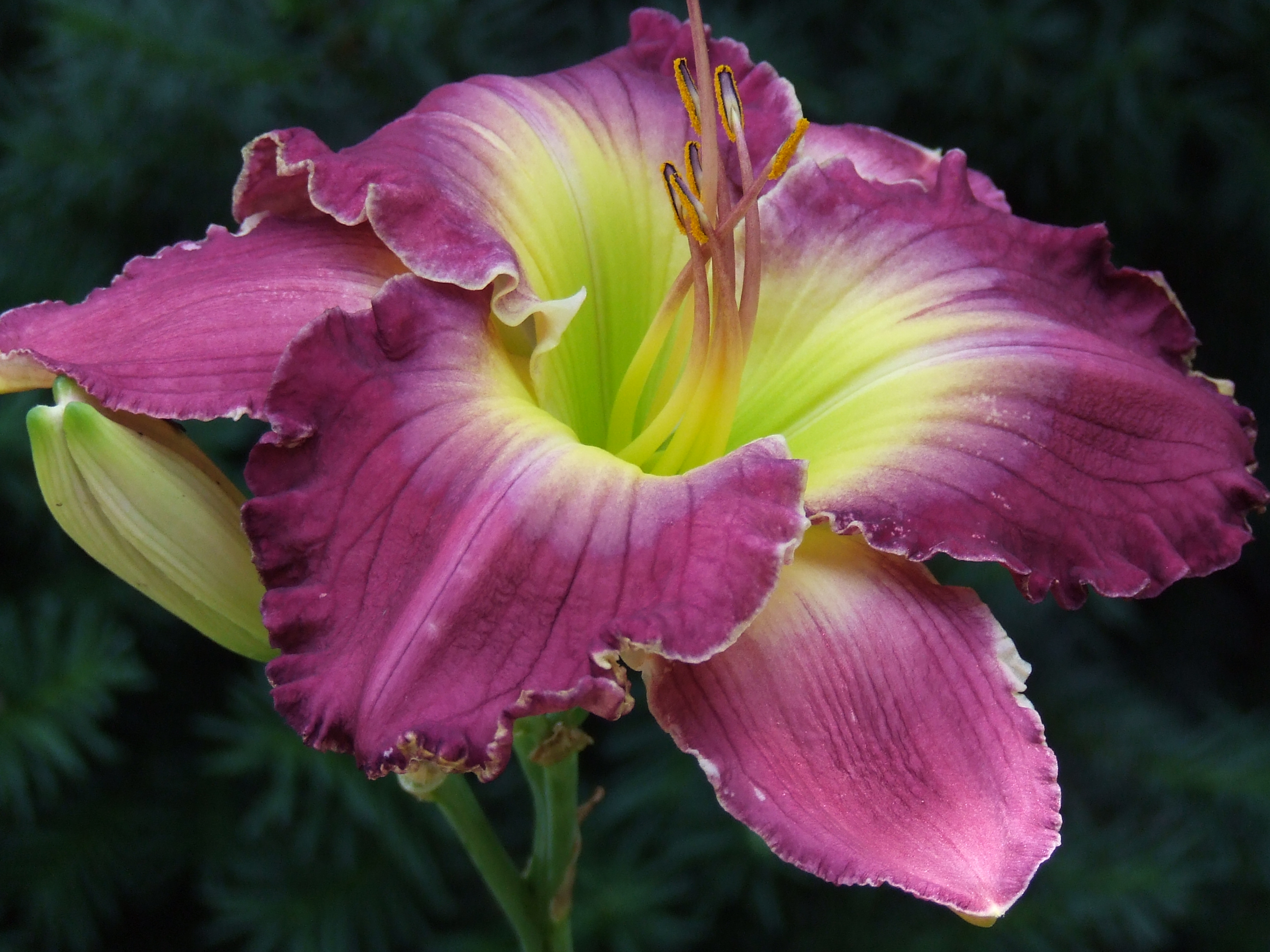
By Rebecca Krans, Michigan State University Extension
A common question we get on the Michigan State University Extension Lawn and Garden Hotline (888-678-3464) is how to get rid of a bees’ nest. When we ask for a description of the nest or the “bee,” we receive a description for a wasp. Why does this even matter? It is important to know that bees are different insects than hornets or wasps. While all of these species have their own important role and place within the ecosystem, native bees are especially important for pollination services that provide much of our food, food for wildlife, and beauty in the landscape.
Is it a bee, wasp or hornet?

Why are bees, hornets and wasps so often confused? Maybe it is the fact they all buzz and many of us associate that sound with bees. They also all defend their territory by stinging. Many of us fail to appreciate the wide diversity of insect species that exist. Whatever the reason, it is important to properly distinguish what buzzing critter has built a nest so we can help you assess what steps to take in the best interest of both humans and the critter.
Although it may not be easy to snap a photo of the buzzing insect, a picture is ideal. You can share the photo with the hotline staff or upload it to the Ask an Expert resource for proper identification. Check out MSU Plant & Pest Diagnostics Insects and Arthropods for photos to help you determine the difference between bees, hornets and wasps.
Where is the nest?

Do you know there are over 450 native bee pollinators in Michigan and over 2,000 in the United States? They all provide very important pollination services for our food sources and they need our help in providing habitat, food and water for them.

Some bee species are solitary; they don’t swarm and rarely sting, as they do not need to protect a queen. They will nest in cavities of wood, hollow stems or the ground, so it is important to provide these diverse habitats. Think about ways to include these undisturbed areas within your gardens and landscapes.
Wasps and hornets often create their nests in areas that interfere with our daily human travel, such as building a paper nest under a house eave. If they feel threatened, hornets and wasps will defend their territory by repeatedly stinging. Interestingly, hornets and wasps are also predatory insects, preying upon other insects, bees included, and eating them.
How to get rid of the nest

Once you’ve correctly determined that it’s a wasps’ or hornets’ nest, decide whether the nest will create any safety concerns for humans. If it will, then it’s best to properly deal with the nest as explained in MSU Plant & Pest Diagnostics Insects and Arthropods for each species. Also, check out this great article below from MSU entomologist Howard Russell. Always remember to read and follow all pesticide labels.
Getting rid of wasps’ nests
If you’re brave, quick and slightly off your rocker, you might be able to kill off a wasp nest and live to talk about it. READ MORE

Sometimes wildlife such as skunks or raccoons may do the job of removal for you as well. Check out the accompanying photo of a yellow jackets’ nest that was ripped open by a skunk. The following night, the skunk came back and finished the job.
This article was published by Michigan State University Extension. For more information, visit https://extension.msu.edu. To have a digest of information delivered straight to your email inbox, visit https://extension.msu.edu/newsletters. To contact an expert in your area, visit https://extension.msu.edu/experts, or call 888-MSUE4MI (888-678-3464).






